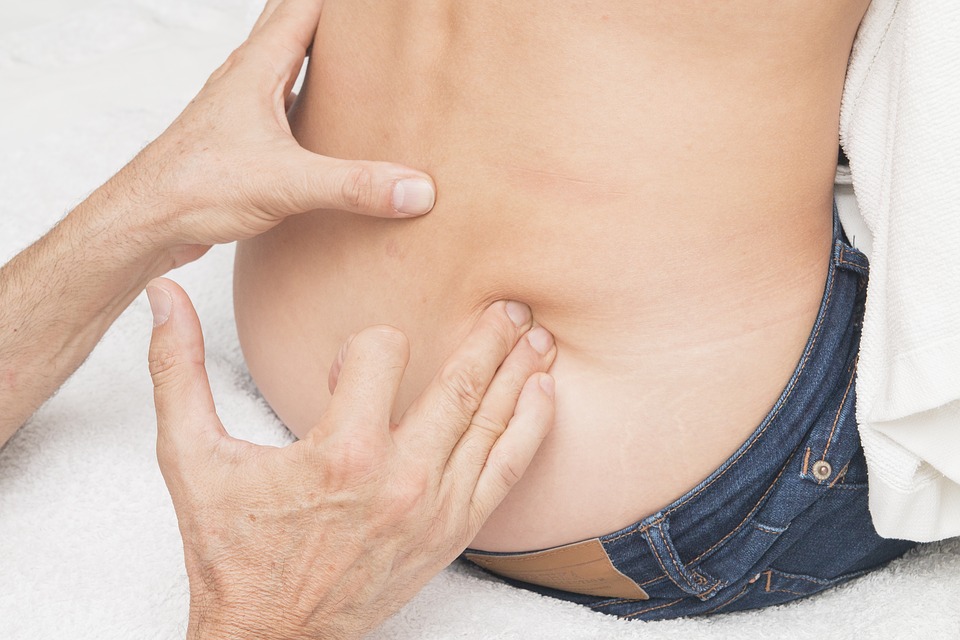Influence of Hip and Lumbar Extensor Strength on Lifting Mechanics in Individuals with Low Back Pain
Background Low back pain is frequently associated with diminished muscle strength, particularly in the hip and lumbar extensors, which can alter physical movements and lifting strategies. A study was conducted for the understanding how these muscular deficiencies affect lumbar spine moments during squat lifts can provide valuable insights for therapeutic strategies.
Methods A total of 50 participants, split equally between those with non-specific LBP lasting over three months and those without LBP, aged 18–50 years, were involved in the study. Muscle strength was assessed using a motor-driven dynamometer, while lumbar and hip extensor moments were measured during squat lifts with the aid of 3D motion capture and force plates.
Findings The study revealed that individuals with LBP had significantly lower hip and lumbar extensor strength and demonstrated reduced lumbar extensor moments during squat lifts. There were significant positive correlations between muscle strength and lumbar moments in both the LBP and non-LBP groups, indicating that stronger muscles contribute to higher lumbar loading during lifts. Additionally, those with LBP often adopted a more upright trunk posture, which decreased the lumbar and hip extensor moments, suggesting an adaptive strategy to mitigate discomfort or further injury.
Interpretation The findings suggest that LBP is linked to a decrease in muscular strength, which in turn influences the mechanics of lifting. Clinicians should focus on strengthening these muscle groups in individuals with LBP to potentially restore normal lifting function and prevent the progression or recurrence of pain. Furthermore, understanding these associations helps in developing targeted rehabilitation strategies that could improve the functional capacity and quality of life for those affected by chronic low back pain.
This study contributes to the growing body of evidence that physical capacity in terms of muscle strength profoundly affects the biomechanics of lifting in individuals with LBP and underscores the need for comprehensive assessment and treatment strategies in this population.

